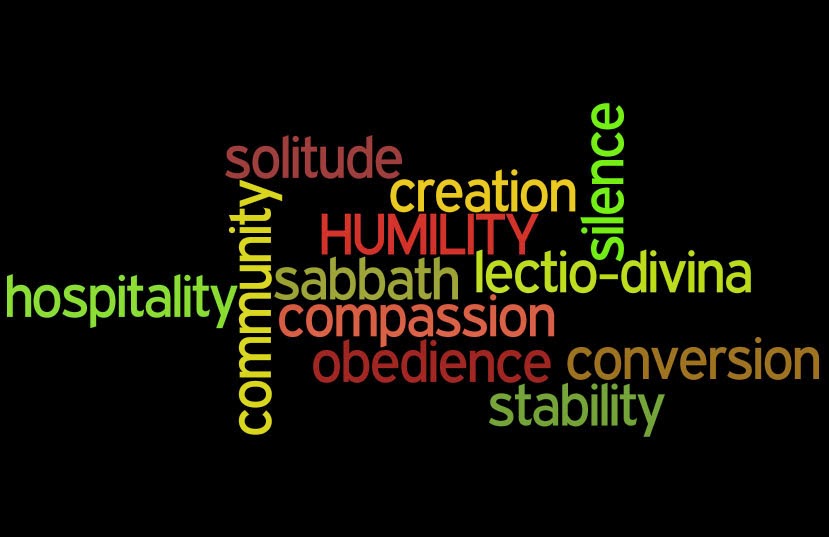EACH MONTH IN A MONK IN THE WORLD WE ARE LEARNING THE PRINCIPLES OF CHRISTIAN MONASTICISM AND HOW WE CAN APPLY THEM TO OUR LIVES OUTSIDE THE MONASTERY WALLS.
In ancient times the early monastic father’s heeded the call of the Holy Spirit and withdrew themselves into the Egyptian desert to battle their inner and outer demons. This type of solitude is unfamiliar and possibly frightening to most of us.
Modern humans haven’t a clue what true solitude entails. We are so consumed by the external chatter that we can’t hear our own thoughts much less the Holy Spirit.
Not only are many of us spiritually unconscious and deaf to God’s voice, society has taught us to create a false image; a self that is built around a compulsive need for admiration. At its core lies a trembling fear of failure.
Solitude is the furnace where the transformation of this false self takes place; where we are transformed by Jesus Christ.
For me solitude usually includes a book or a magazine, my dogs, maybe some music. But this is not the transformative solitude that we are learning about here. Only when we can completely remove ourselves from social and worldly influences can we find the true healing.
Henri Nouwen says the confrontation with our own frightening nothingness forces us to surrender ourselves totally and unconditionally to the Lord Jesus Christ.*
It’s up to us to create our own desert. We must set apart a time and place where we can tap into our inner hermit and find the healing presence of our Lord.
RESOURCES:
The Way of the Heart: Connecting with God Through Prayer, Wisdom, and Silence by Henri Nouwen*
Image credit: travnikovstudio / 123RF Stock Photo










